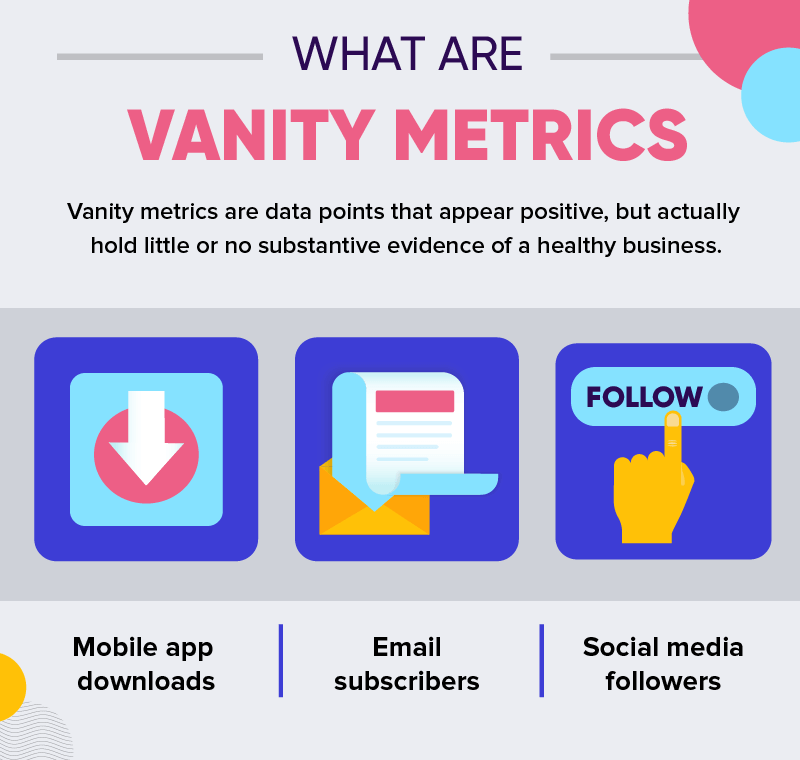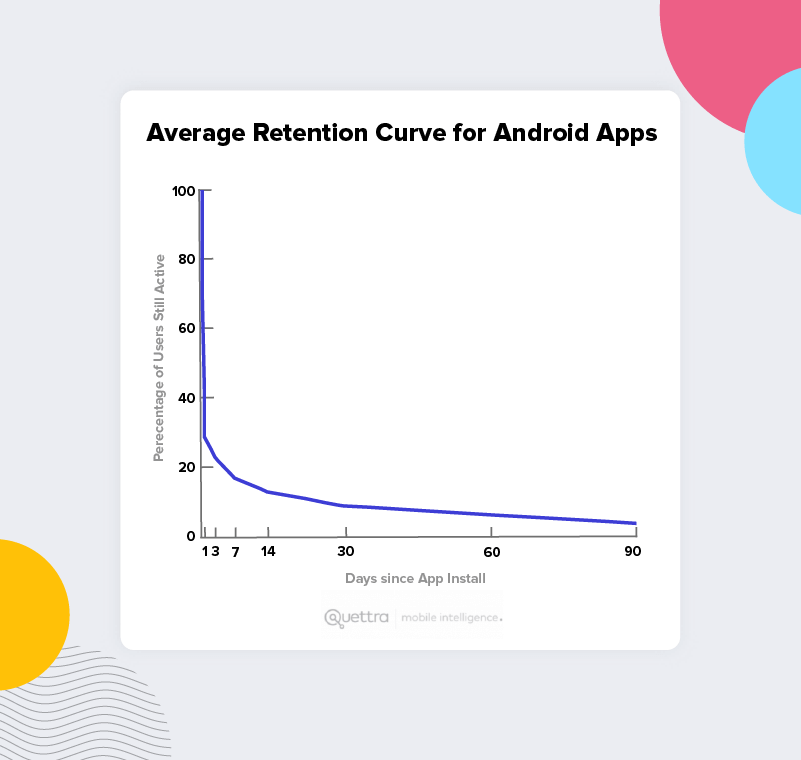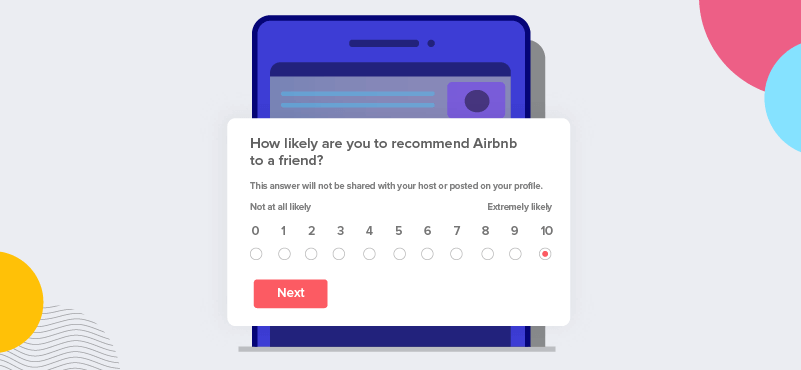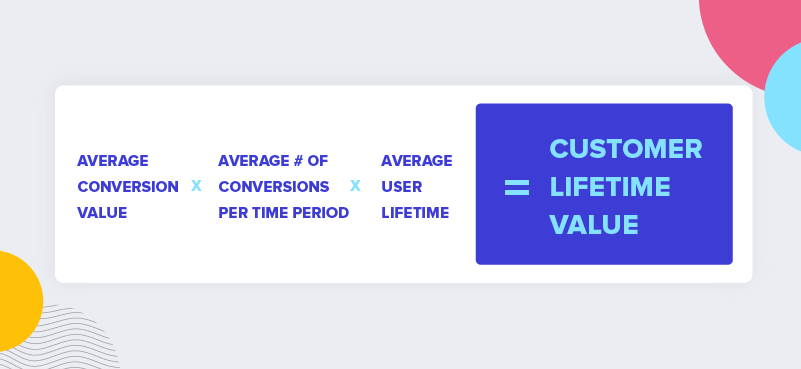Learn how you can Unlock Limitless Customer Lifetime Value with CleverTap’s All-in-One Customer Engagement Platform.

We’ve said it time and time again: Retention is the most effective way for mobile marketers to drive measurable growth.
While many mobile marketers may agree with this claim, they continue to track and concede to vanity metrics that lead to a false understanding of their app’s overall health.
Vanity metrics are numbers that give your app a false sense of app growth but don’t reflect the true health of your app.
Most common vanity metrics are:

We’re not saying vanity metrics aren’t useful at all, just that these aren’t KPIs for customer retention. They won’t accurately reflect your retention efforts.
High-growth mobile apps are cautious when looking at these numbers and accompany them with the right metrics (see more below) when making key business decisions.
Let’s go over some vanity metrics you might be focusing too much on and what you should be measuring instead:
While new downloads indicate the success of your acquisition efforts, they don’t accurately gauge retention health.
Even if your users grow at an average of 120% each day, the average app loses 77% of daily active users (DAUs) within the first 3 days after install. Within 30 days, it’s lost 90% of its DAUs. And by 90 days, over 95% DAUs are gone.1
That’s like pouring water into a bucket with a hole at the bottom of it and measuring how much water it retains.
So while you’re falsely attributing mobile app downloads to rapid growth, you continue to bleed new users every day.
How do you stop the bleeding?
No app wants churn, but the reality is: it’s not going away.
The only way to manage it is by understanding where and why users jump ship.
Churn rate is calculated by taking the number of customers lost during a time period and dividing it by the total number of acquired customers at the beginning of that time period. 
How is churn rate a better retention metric than new downloads?
Because the probability (and profitability) of selling to an existing user is a lot higher than selling to a new one. It can be anywhere from 5 to 25x more expensive to acquire a new customer than to keep a current one.2
Once you’ve identified your churn rate, you can begin to build strategies around reducing churn like: improving onboarding, personalizing outreach, and adding deep-links to bring users to a specific screen within your app.
So you’ve surpassed your competitors in social media followers. That’s awesome! This shows you have a strong brand presence online.
But beware of this metric when it comes to retention. Just because users like your content on social networks, doesn’t mean they’re using your app or converting into customers.
Gaining or losing social media followers might signify the popularity of your brand, but doesn’t really tell you what your app is doing right or wrong.
Growing retention is less about being popular on social media and more about encouraging users to engage with your app.
A Net Promoter Score (NPS) survey is an easy and effective way to get users interacting with your app, while obtaining quantifiable feedback.
NPS is simply how likely a user would recommend your app to a friend. From this, you can glean how much or how little users love your app.
Not all NPS scores are treated the same. You have to look at your specific industry average to see where your score falls. Someone who shops using an ecommerce app, like Amazon, would be more likely to recommend that app to a friend over an app that they use for work, like Slack. 
Although this doesn’t tell you exactly what users like or don’t like about your app, it gives you enough insight to determine next steps. If you have a positive NPS score, incentivize referrals and public reviews to boost ratings on the app store. If you have a negative NPS score, send out a more detailed survey so you can inquire about how to improve.
Email subscribers can be impressive, but if they aren’t engaging with your content, what’s the point?
On average, the email open rate for all industries is 20.81%. The click-through rate is even lower — 2.43%.3
Not to mention, many of your subscribers have expired emails. Studies show that 17% of Americans create a new email address every 6 months and 30% of subscribers change their email addresses annually.4
So while a long list of emails might seem like a huge win, there are other metrics that provide better insight into retention.
Instead of defining success by how many email addresses you get, look at the value your customers bring to your business.
Customer lifetime value (CLTV) is the profit margin a company expects to earn over the entirety of its business relationship with the average customer. And unlike number of email subscribers, it’s an actionable customer retention KPI.
While it’s essential to support and maintain a steady funnel of leads, optimizing the lifetime value of existing customers is necessary for a company to sustain a viable business model. An increase in customer retention rates by only 5% has been found to increase profits anywhere from 25% to 95%.5
Understanding the value of your customers not only helps you build strategies for improvement, but also allows you to identify which users to go after.
Some ways to improve CLTV include implementing a customer loyalty program to incentivize customers to keep coming back. Personalized and targeted push campaigns can also encourage your users to pick up where they left off within your app. 
Vanity metrics might give you some insight into how users view your brand, but that data is superficial and doesn’t accurately reflect retention.
With an actionable customer retention KPI such as churn rate, NPS, or CLTV, you get the whole picture and you can continue to evolve your app to meet the needs of your customers.
CleverTap not only provides user data, but arms you with mobile marketing tools to turn insights into action and master user retention. Schedule a personalized call with our mobile growth experts today.

See how today’s top brands use CleverTap to drive long-term growth and retention